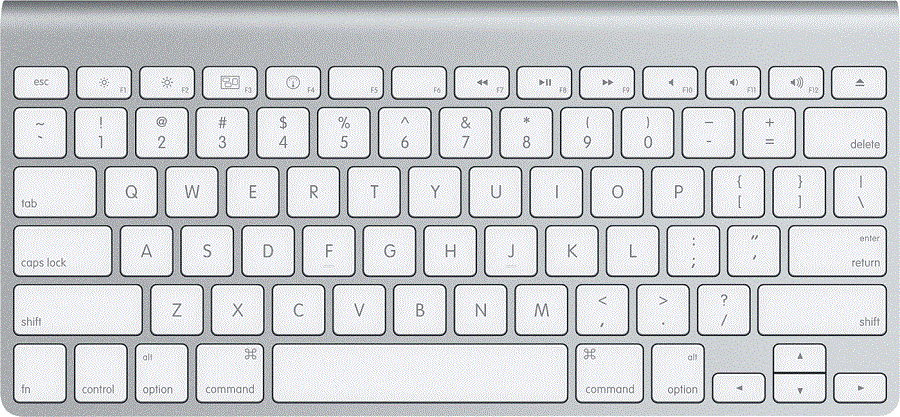
(local-set-key KEY COMMAND)īinds a key to the local keymap used by the active buffer, unlike define-key which takes an explicit keymap to bind a key against.

Use this if you want to change a keymap that isn’t the current buffer map. (define-key KEYMAP KEY DEF)ĭefines a key against a keyboard map. There are several ways you can define (or undefine) keys, as the table below shows, but in reality there are dozens of ways you can hack the keymaps. Likewise, you can type out parts of a complete key (say M-s) and then type C-h to get a list of all keys that belong to that prefix. This command is very useful if you want to learn more about what a major or minor mode can do. It is possible for Emacs to enumerate all the active minor and major mode key bindings in a buffer by typing C-h m. A complete key is a command that, when input, executes its associated command. Prefix keys are keys like C-x and C-c they are parts of a complete key, and each constituent part of a prefix key is made up of its own keymap. Undefined is self-explanatory: it does no operation when it is invoked. Keys can be divided into three categories: undefined, prefix key, or complete key. Most Emacs users will never interact with keymaps aside from indirectly assigning keys to them.Įvery buffer and most major and minor modes have a keymap, and that keymap defines what the keys do when key sequences are sent to that buffer. Keymaps are rarely modified directly, but through a set of commands that manipulate the data structure for you. KeymapsĪ keymap is an internal data structure used by Emacs to store keys and their associated actions. As you can see, every keypress – even elemental ones like typing a character on the screen – has an associated key binding that you can modify or even remove. So if you type C-u 10 f you will see ffffffffff printed on your screen. For instance, when you press “f” it runs self-insert-command, a special command that repeats the last typed key N times.
#Mac command key keybinding code
Almost all of Emacs is written in Emacs-Lisp (weighing in at roughly 1.2 million lines of code!), and most of the complex elisp functions you use are in turn built with simpler building blocks and so on, right down to the core C source code layer.Įmacs’s key engine is very similar, because Emacs lets you control almost every facet of self-insertion and other key binds. This guide will assume that you have little or no knowledge of elisp What makes up a key bind?Įmacs is “self-hosting” and, depending on who you ask, close to achieving sentience. To save you the time of reading all of that, I’ve written a guide that covers what you need to know to bind keys to even complex commands, and a set of templates you can use in your own code.
#Mac command key keybinding how to
But there’s a reason why the Emacs manual has dedicated 30-odd pages to describing, in great detail, all the subtleties and nuances of how to bind keys. Altering the key bindings in Emacs should not, on the face of it, be a difficult task.


 0 kommentar(er)
0 kommentar(er)
